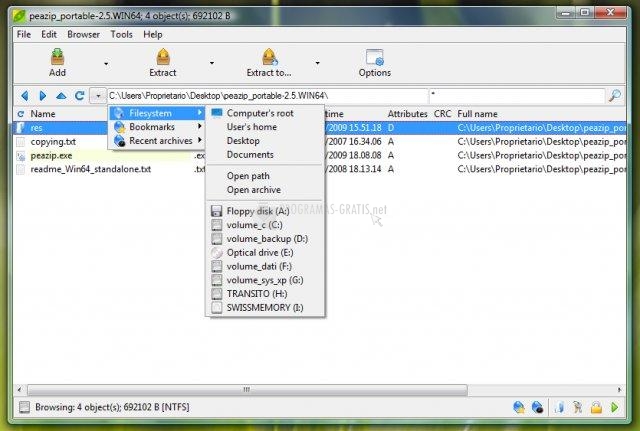


The two redirections >nul and 2>&1 result in redirecting the list of deleted files output to handle STDOUT (standard output) and the error messages output to handle STDERR (standard error) to the device NUL to suppress every output. The option /S results in searching not only in the specified directory, but also in all its subdirectories including those with hidden attribute set even on not using option /A for files of which long or short 8.3 name is matched by the wildcard pattern *.svn. The quiet option /Q prevents the user confirmation prompt Are you sure (Y/N)?. if a *.svn file has the read-only attribute set and the option /F is not used on running the command DEL. There would be output the error message Access is denied. svn which have the read-only attribute set. The option /F forces a deletion of files with file extension. Files matched by wildcard pattern *.svn with hidden attribute set are ignored on not using the option /A. So even files with hidden attribute are deleted by this command because of using the option /A. The usage of option /A to match all files independent on the file attributes replaces the implicit default /A-H to ignore hidden files.
#Peazip command line recursive windows
There can be used in a Windows command prompt window or a Windows batch file the following command to delete really all files of which long or short 8.3 file name is matched by the wildcard pattern *.svn in the directory %USERPROFILE%\Projects or any of its subdirectories: del /A /F /Q /S "%USERPROFILE%\Projects\*.svn" >nul 2>&1 The command RMDIR or with shorter name RD is for removal of directories with usage help output on running in a Windows command prompt window either help rmdir or rmdir /? or help rd or rd /?.ĭeletion of all *.svn files in an entire folder tree.The command DEL is for the deletion of files with usage help output on running in a Windows command prompt window either help del or del /?.The Windows Command Processor cmd.exe has two internal commands for deletion of files and folders:


 0 kommentar(er)
0 kommentar(er)
